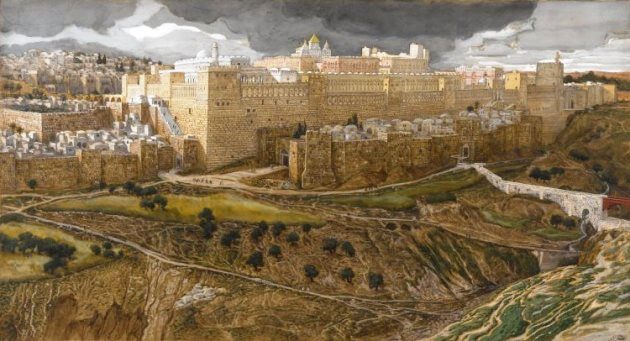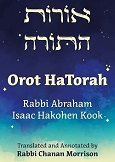
The Torah uses a series of almost poetic metaphors to describe the daily Tamid offering:
“Be careful to offer My offering — My bread-offering, My fire-offering, My appeasing fragrance — in its proper time.” (Num. 28:2)
What is the significance of these four descriptions: offering, bread, fire, and fragrance?
Four Characteristics
These descriptions correspond to four basic characteristics that are common to all Temple offerings. They are particularly relevant to the Tamid, however, as this communal offering aspires to integrate holiness into the daily life of the nation.
The Tamid offering, representing the entire people, expresses these yearnings in the soul of the nation.
Why does the Torah use the metaphor of bread? Bread has the remarkable ability to bind the soul to the body and its physical powers. The Hebrew root lechem also means “to solder together.” The offerings are a kind of Divine “bread,” cultivating the connection between the nation’s natural and holy qualities.
Offerings reflect the fundamental truth that the Divine aspect of the nation’s soul is not limited to the intellectual and emotive spheres, but is also expressed in the physical realm.
(Adapted from Olat Re’iyah vol. I, pp. 128-129)
Illustration image: James Tissot, ‘Reconstruction of the Temple of Herod Southeast Corner’ (between 1886 and 1894)





